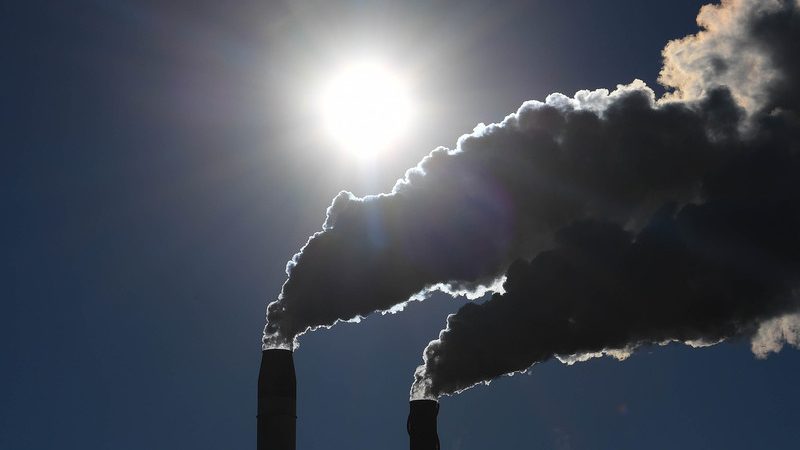The EU is proposing to introduce a Carbon Border Adjustment Mechanism, or CBAM, on imports of iron and steel, aluminum, cement, organic basic chemicals, fertilizers and electricity, to avoid the risk of carbon leakage, the European Commission announced as part of its ‘Fit for 55’ climate package on July 14.
The EC plans to introduce the mechanism in a transitional phase until the end of 2025, to be fully in place in 2026, it said in a statement. The system will be based on trading in certificates based on actual or direct emissions, it said.
The progressive introduction of CBAM will be set against a corresponding reduction of free allowances allocated under the corresponding EU Emissions Trading System, it said.
However, CBAM should not apply to certain products including ferrous scrap, ferroalloys and certain fertilizers whose production does not entail meaningful emissions, the EC said in a regulation proposal document.
Purchase of certificates
From 2026, importers of iron and steel, aluminum and cement products and electricity will be required to purchase certificates corresponding to the volume of goods and the embedded emissions of the goods listed.
EU importers of goods will be covered by a CBAM register with national authorities, where they can also buy CBAM certificates. The price of the certificates will be calculated depending on the weekly average auction price of EU ETS allowances expressed in Eur/mt of CO2 emitted, in the week prior to purchase. The number of CBAM certificates that are required to be purchased will be adjusted to reflect the number of EU ETS allowances that are allocated free of charge to Europe-based producers.
No financial adjustment is foreseen for importers through 2023-2026 CBAM transition period.
“The CBAM should be based on a declarative system where an authorized declarant, who may represent more than one importer, submits annually a declaration of the embedded emissions in the goods imported to the customs territory of the Union and surrenders a number of CBAM certificates corresponding to those declared emissions,” the EC said in its regulation proposal document. “An authorized declarant should be allowed to claim a reduction in the number of CBAM certificates to be surrendered corresponding to the carbon price already paid for those emissions in other jurisdictions.”
The import of electricity should be included in the scope of this regulation, as this sector is responsible for 30% of the total GHG emissions in the Union, the EC said.
The ‘Fit for 55’ package aims to reduce the bloc’s carbon emissions by 55% of 1990 levels by 2030.
Direct emissions only
Embedded emissions are the direct emissions released during the production of the good and relevant input materials. The relevant input materials for each commodity will be set out in an implementing act.
For example, an importer of 10,000 mt of aluminum which has a direct carbon intensity of 1.5tCO2/tAl may have to purchase 15,000 CBAM certificates after the transitionary period has ended, according to S&P Global Platts analysis.
Under the proposals, there will be a transitionary period between 2023 and 2026 where importers will not have to make any financial adjustment. According to the document, the transition period aims to solely collect data and raise awareness of importers.
From Jan. 1, 2023 all importers of the aforementioned goods will be required to submit a CBAM report each quarter. The report will include the total quantity of goods and their country of origin, the total embedded emissions, the total embedded indirect emissions and any carbon price paid in the country of origin.
Importers failing to comply with the correct declaration of the CBAM report will face a penalty, according to the proposal.
Industry reaction
Market sources expressed their surprise at the scope of the CBAM only applying to direct emissions, and not including indirect emissions. “What a joke,” said one aluminum trader, while another described the proposals as an anticlimax.
The bulk of the carbon emissions related to aluminum are indirect emissions released by powering the smelter, typically by using coal power. Under this proposal, smelters that are powered by coal will pay the same CBAM costs as those powered by hydro power.
However, the proposal does include the statement that: “the scope of the CBAM may be extended to include indirect emissions in the future.”
— Diana Kinch and William Healy






